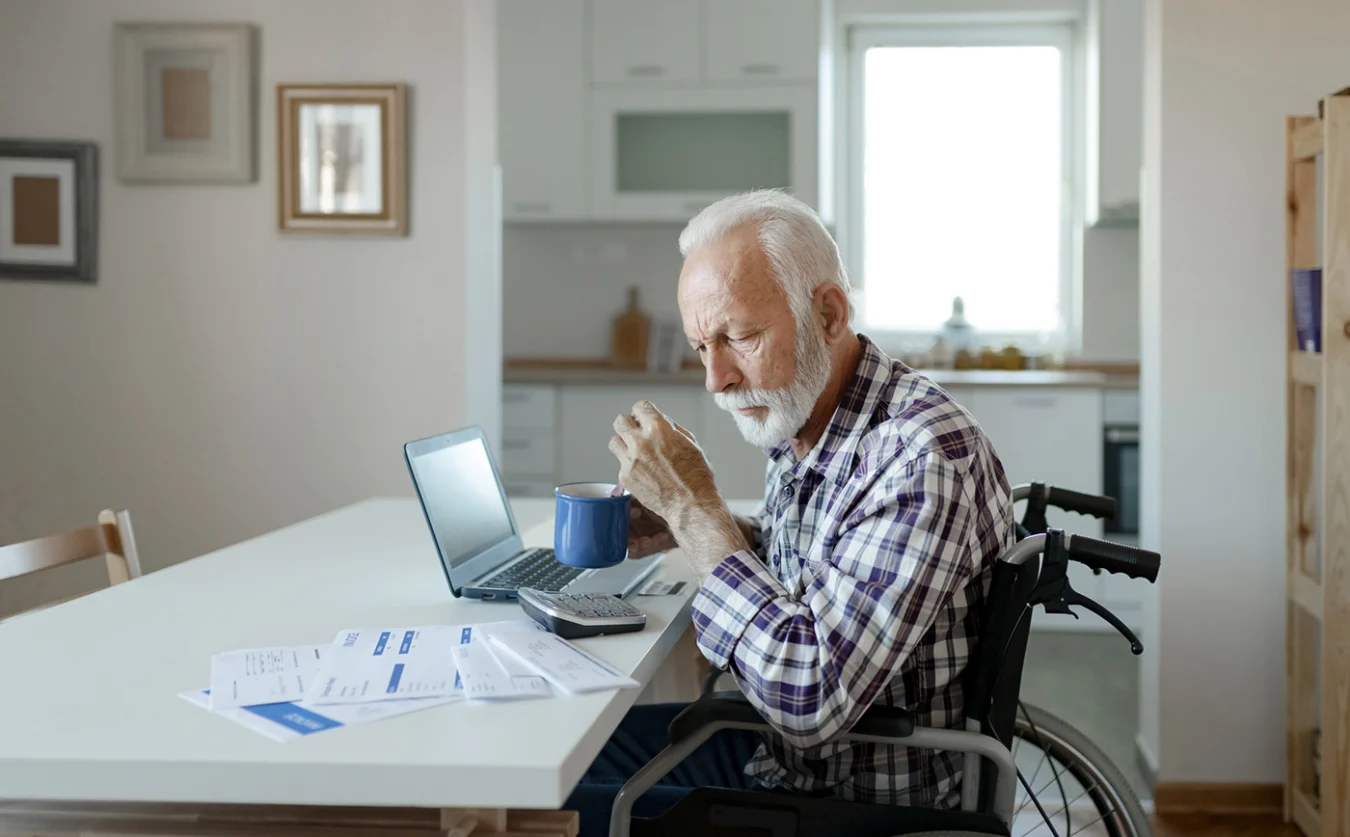
September 25, 2024
Everyone deserves affordable, comprehensive health care, regardless of their race, immigration status, or income. Health care is a human right, but in a country with gaping racial and economic inequity, it functions as a risky commodity that can save your life and ruin it financially, often at the same time.
According to the Consumer Protection Financial Bureau, $88 billion in unpaid medical bills are in the hands of debt collectors. That’s more than any other type of personal debt. One unexpected procedure or sudden loss of employment can have devastating financial consequences for families and individuals in need of health care. The fear of medical debt has others avoid the health system until a once-manageable condition snowballs into a trip to the emergency room or worse.
The Shriver Center on Poverty Law supported a law signed by Illinois Gov. J.B. Pritzker earlier this summer that will erase $1 billion in medical debt for over 300,000 residents in the first year alone.
“Wiping away medical debt means fewer Illinoisans will have to choose between their financial health and their physical and mental well-being,” said Stephanie Altman, director of health justice for the Shriver Center on Poverty Law.
In July, Pritzker signed another law that prohibits medical debt from damaging credit scores. The measure is a huge victory for economic and racial justice because bad credit can make it difficult to secure housing, get a car, or even a job. Together, the laws allow residents the chance to live more economically stable, healthier lives.
Although more than 90 percent of Americans have health insurance, 20 million have some form of medical debt. The issue has a disproportionate impact on people of color. Black people are 50 percent more likely to hold medical debt than white people, while Latines are 35 percent more likely. People with persistent health problems or disabilities, who face barriers to employment, also have a higher risk of falling behind on medical bills.
Illinois is among a dozen or so states trying to tackle the medical debt crisis. A new law in Colorado will wipe medical debt off an estimated 700,000 people’s credit reports. Another 2023 state law in Colorado caps medical debt interest at 3 percent. Arizona Gov. Katie Hobbs recently announced a plan that uses COVID relief money to forgive almost $2 billion in medical debt, helping up to one million Arizonans.
Local governments are also playing a role. In 2022, Cook County, which includes Chicago, became the first local government in the nation to enact a medical debt relief program for over 200,000 residents. Cities like New York and Toledo have adopted similar plans, which work with a non-profit called Undue Medical Debt to buy off unpaid bills for a fraction of the original price.
In a health system driven by profit, permanent solutions to control costs are needed. The Shriver Center is on the front lines of the fight to rein in health care costs in Illinois. Last year, our health justice team helped pass a rate review law that gives the state broader authority to regulate health care premiums. Stephani Becker, associate director of health justice for the Shriver Center, sits on a committee that advises Illinois policymakers on the creation of a state-run insurance marketplace.
“The Shriver Center fought for a state-based exchange and rate review because these reforms give Illinois greater ability to make health care affordable so that everyone has access to quality, affordable care,” said Becker.
Eliminating medical debt and controlling the cost of health care are key factors necessary to close the racial health gap, but a multi-systems approach is necessary. Improving health equity requires investing in under-resourced areas. That includes Black communities with limited economic opportunities, fewer options for healthy food, and higher rates of pollution — all problems with roots in redlining.
To get involved in the fight against medical debt, join our coalition partners at Community Catalyst and take the #MedicalDebtVoter pledge.
We are intentional about addressing barriers to healthcare that specific communities experience.